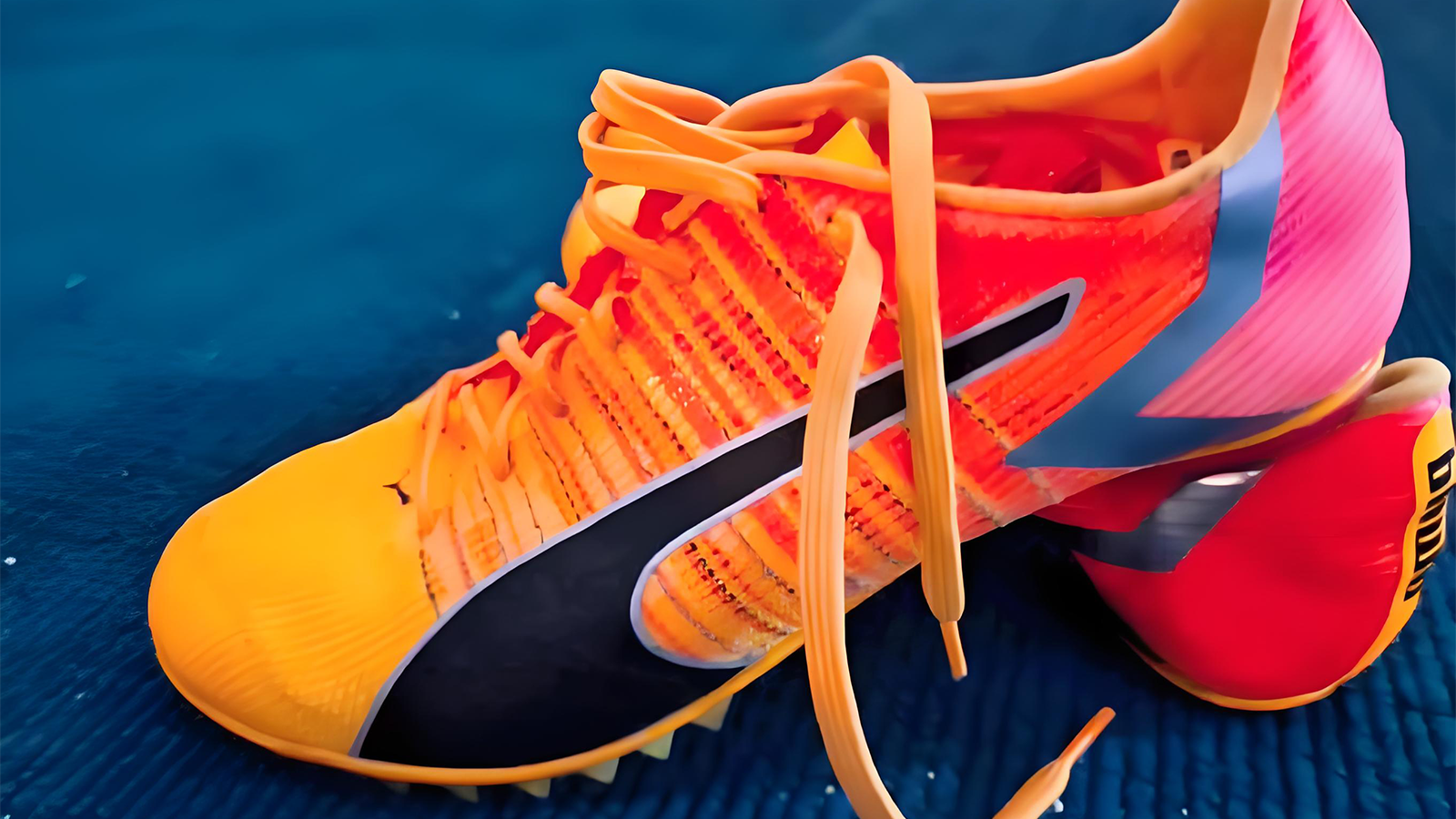Do your children like track and field sports? If you like it, then it’s best not to, because liking sports is a good thing. If you still like running, that would be even better, because it is an ancient sport. If it’s a sprint, then a suitable pair of Kids Track Spikes is definitely essential. With them, you can improve your child’s performance, and professional athletes will be equipped with Kids Track Spikes because they not only improve performance but also provide protective effects.
But do you know how to choose a suitable pair of Kids Track Spikes for your own child? This article will introduce the unique features of Kids Track Spikes, as well as their purchasing suggestions and cleaning and storage methods. We hope to gain some insights after reading and buy a suitable pair of Kids Track Spikes for our own children.
Why Kids Track Spikes Are a Must-Have for Young Sprinters
Many parents wonder why ordinary running shoes aren’t sufficient for school-level competitions. The answer lies in the subtle balance between performance and protection. The curved sole design of Kids Track Spikes actually encourages natural foot movement patterns, while the reinforced toe area offers extra protection during intense training sessions. It’s not about creating mini-professionals, but about establishing healthy movement habits that can benefit children throughout their lives.
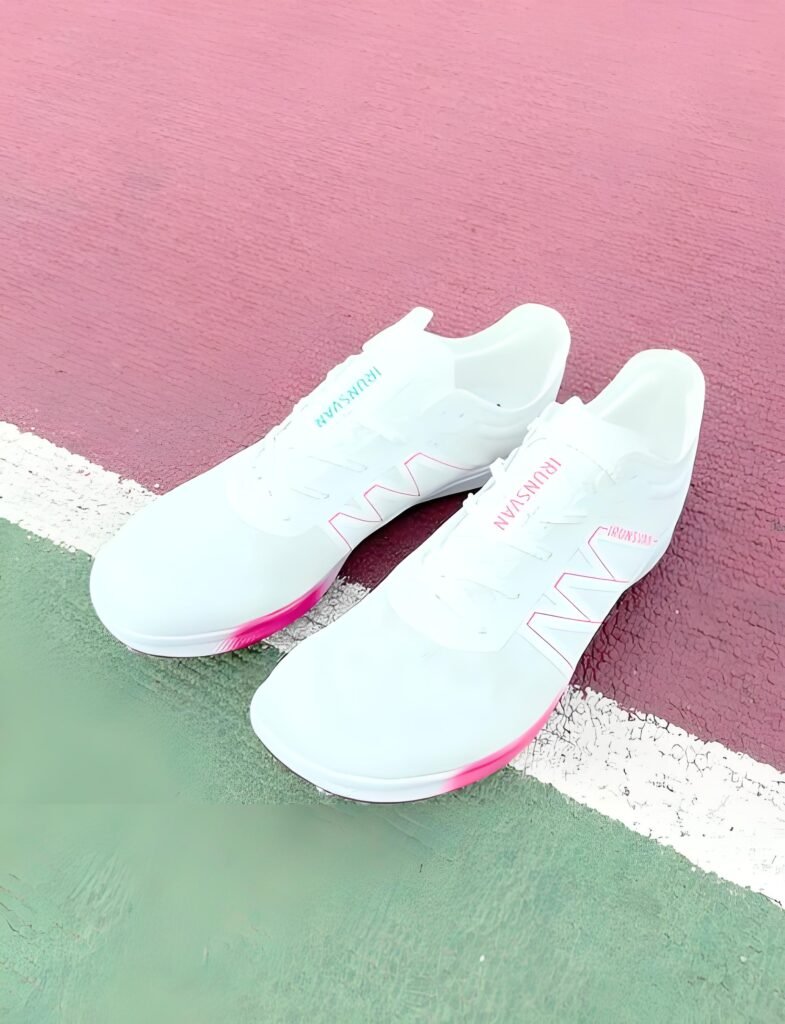
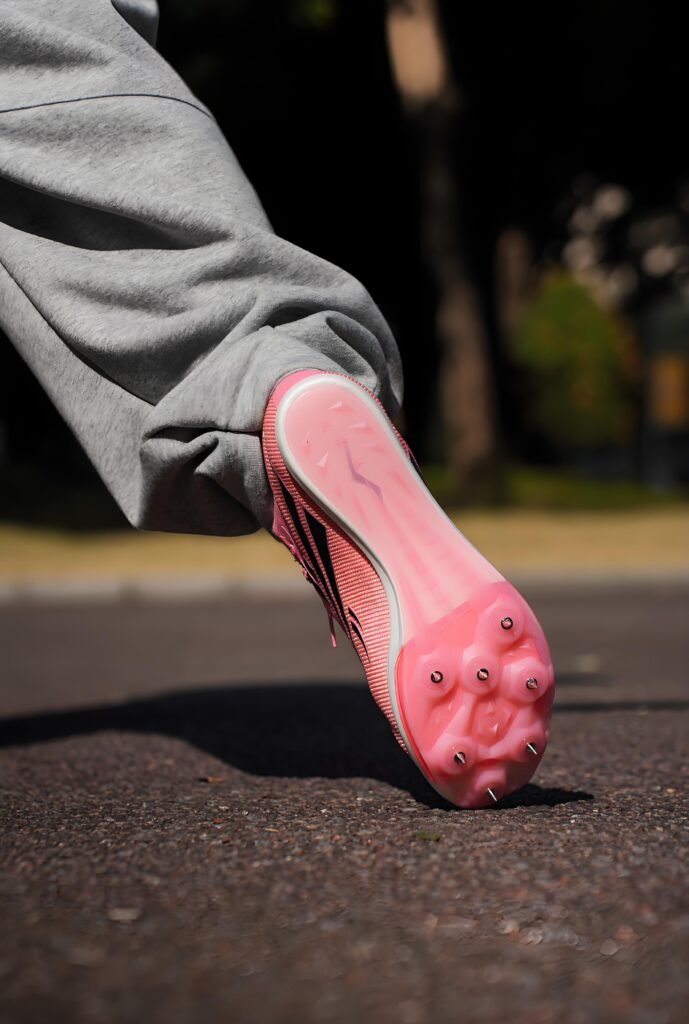
What makes these shoes particularly valuable is their ability to adapt to different training conditions. Whether it’s a muddy cross-country course or a synthetic track, the removable spike system allows for customization without compromising safety. Some models even feature breathable mesh panels that help regulate temperature during long practice hours, preventing excessive sweating that could lead to discomfort or blisters.
How to Choose the Right Kids Track Spikes for Your Child
A common misconception is that more spikes automatically mean better grip. In reality, the optimal number and placement depend on the child’s running style and the terrain they typically encounter. For younger athletes still developing their technique, a moderate configuration with 6-8 replaceable pins offers sufficient traction without overloading their sensory feedback. The spike material also matters – aluminum tends to be gentler on growing bones compared to harder steel varieties, while still providing adequate grip for most youth competitions.
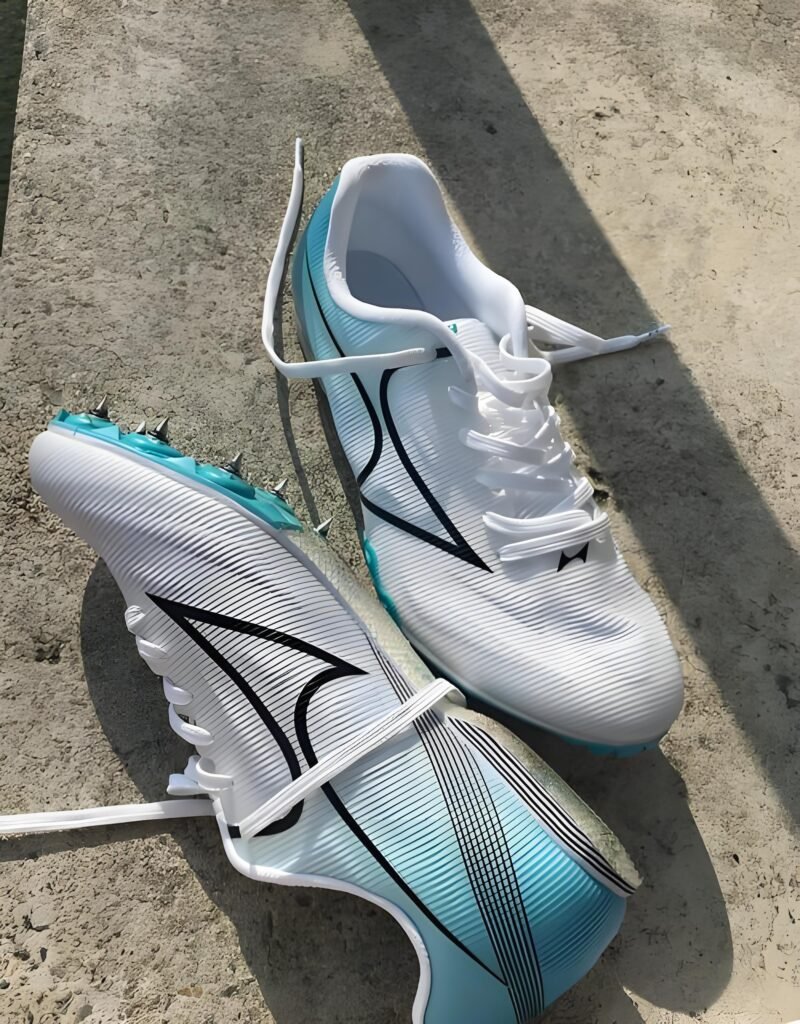
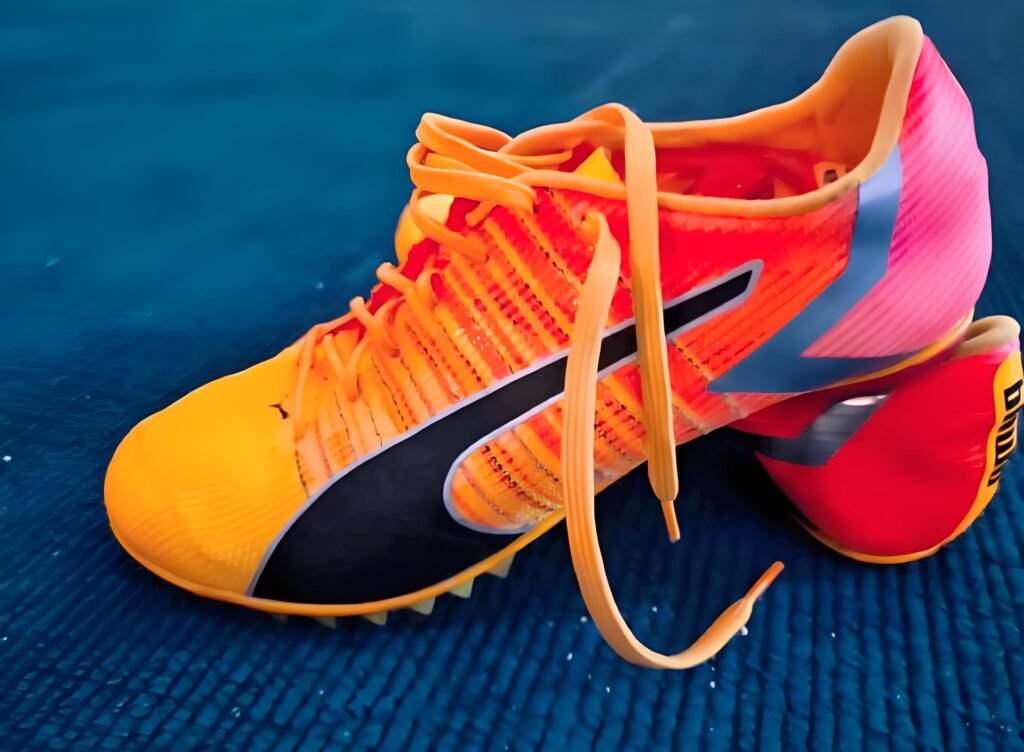
Comfort indicators often get overlooked in the pursuit of performance specs. When trying on Kids Track Spikes, children should be able to wiggle their toes freely while maintaining a snug heel fit. Breathability becomes particularly important for year-round training, where mesh panels and moisture-wicking linings help prevent overheating during summer drills or indoor sessions. Parents might notice their child’s preference for certain color combinations, which actually serves a practical purpose – familiar visual cues can boost confidence during competitions.
The Importance of Proper Maintenance for Kids Track Spikes
The most critical step involves managing the spike attachments. While it might seem convenient to leave metal pins in place between uses, this practice can accelerate corrosion from sweat and outdoor elements. A soft-bristled brush works wonders for removing track debris from the spike plate, while a gentle wipe with a damp cloth keeps the shoe’s upper material breathable. For muddy conditions, letting the dirt dry before brushing proves more effective than immediate cleaning, which could damage the shoe’s structural integrity through forced scrubbing.
Drying methods often get overlooked in the maintenance routine. Direct heat sources like radiators or sunlight might appear efficient, but they can warp the shoe’s midsole or degrade adhesive components over time. Instead, stuffing the shoes with crumpled newspaper or moisture-absorbing insoles helps maintain their shape while drawing out humidity naturally. This approach preserves the shoe’s original fit, which is crucial for growing feet that require consistent support during training sessions.
Conclusion
What makes these specialized shoes truly valuable isn’t just their technical specifications, but their role in shaping positive athletic experiences. The right pair transforms training sessions from mere physical exercises into confidence-building journeys. They silently teach young athletes about preparation, maintenance, and respect for their equipment – lessons that extend far beyond the finish line. This subtle education happens through everyday actions: adjusting spikes before a race, cleaning mud after practice, or noticing when growth requires a new fit.
Got questions? contact us.

